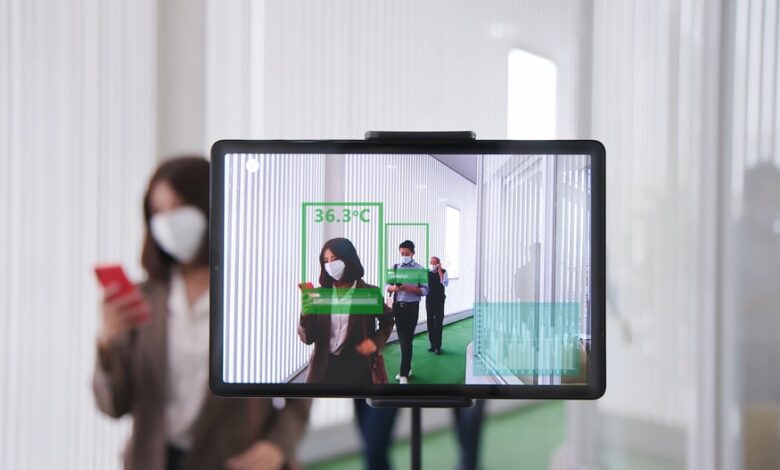ESCMID 2024: Using AI in infection prevention and control

Credit: Shutterstock/aslysun
At the 34th European Society of Clinical Microbiology and Infectious Diseases (ESCMID) Global (formerly ECCMID) conference in Barcelona, Spain, the use of artificial intelligence (AI) to optimise infection prevention and control was discussed.
AI can best be described as the overarching term for using technology as a tool to assist us in doing something. Within the field of AI, there exists machine learning and deep learning. Machine learning is a predictive tool that relies upon human intervention to perform a data extraction. Conversely, deep learning is capable of taking large data sets and doing the learning and data extraction independently, without human intervention.
In the last five years, there have been almost 4,000 new publications relating to the prevention and control of healthcare-associated infections (HAIs) via AI-based tools. This is a significant increase from the 1,350 comparable studies published between 1976-2018. Simply put, the AI age is here to stay. AI can be implemented in surveillance and detection, predictive analysis, antimicrobial stewardship, environmental monitoring, personalised patient care, and education and training. AI has the potential to save lives, improve working conditions for healthcare professionals, and make healthcare systems more efficient and cost-effective.
One example of AI use in infection prevention and control is the use of facial recognition systems to identify proper face mask use within hospitals. The facial recognition system utilizes a facial feature extraction system to determine whether or not the user is wearing a face mask, and if the mask is being worn properly. This system can be implemented as a checkpoint before entering a patient’s room. Similarly, a hand hygiene monitoring system has been studied which utilises convolution neural networks and computer vision to detect the germs on the user’s hands. If unsatisfactory, the system will request that the user washes their hands following the World Health Organization’s hand hygiene compliance system. The system can track the hand movements of the user to ensure compliance. This model was found to be 93.33% accurate for germ detection and 85.5% accurate for hand washing compliance in a 2022 study.
Another example of AI use in infection prevention is the intellectualisation of cleaning a hospital, in which robots are equipped with sensors that can test the environment and air in real-time to determine an efficient path of disinfection. Furthermore, AI can be utilised to investigate hospital outbreaks. Network graphs can measure the interactions between patients, exam rooms, medical devices, and healthcare workers to identify possible patterns of disease transmission and suggest decontamination measures.
Despite the overwhelming amount of AI publications in recent years, AI in infection prevention and control is still in its infancy. Healthcare providers agree that the successful implementation of AI in infection prevention and control will require a multidisciplinary approach. Doctors need collaboration with AI specialists to help learn and understand AI’s applications within healthcare. In addition to the lack of knowledge on AI, there is also a lack of regulation, which is a current barrier to any official implementation. The future of AI for infection prevention and control has huge potential but the widespread adoption of these technologies is still distant.
Access the most comprehensive Company Profiles
on the market, powered by GlobalData. Save hours of research. Gain competitive edge.

Company Profile – free
sample
Your download email will arrive shortly
We are confident about the
unique
quality of our Company Profiles. However, we want you to make the most
beneficial
decision for your business, so we offer a free sample that you can download by
submitting the below form
By GlobalData



